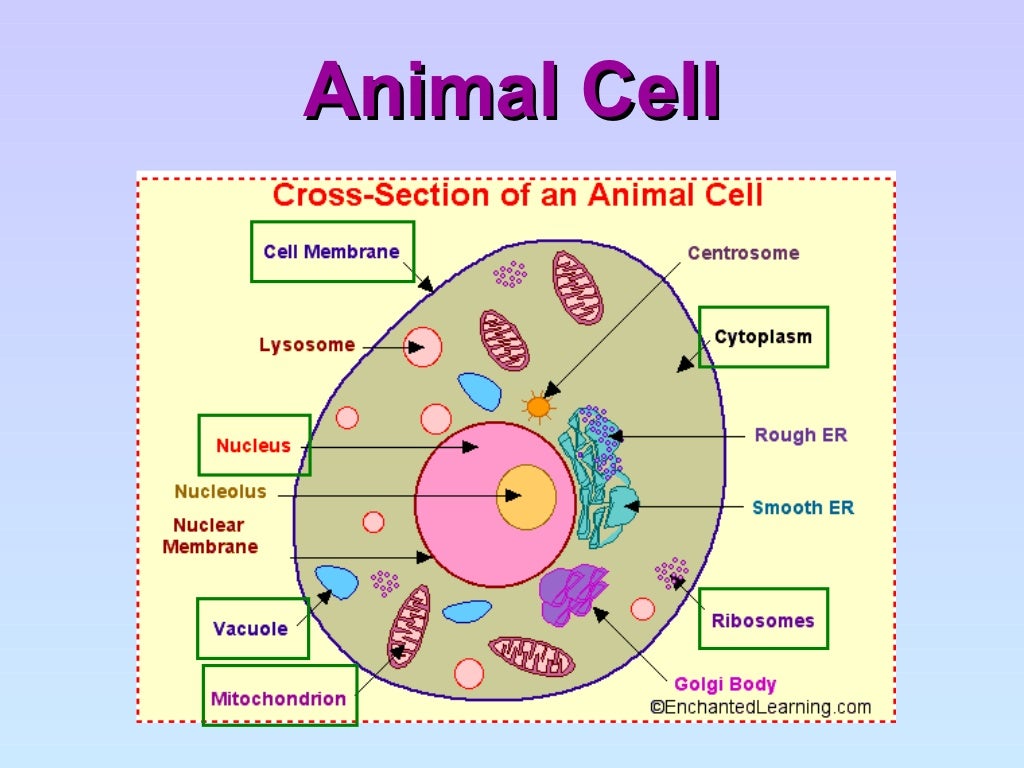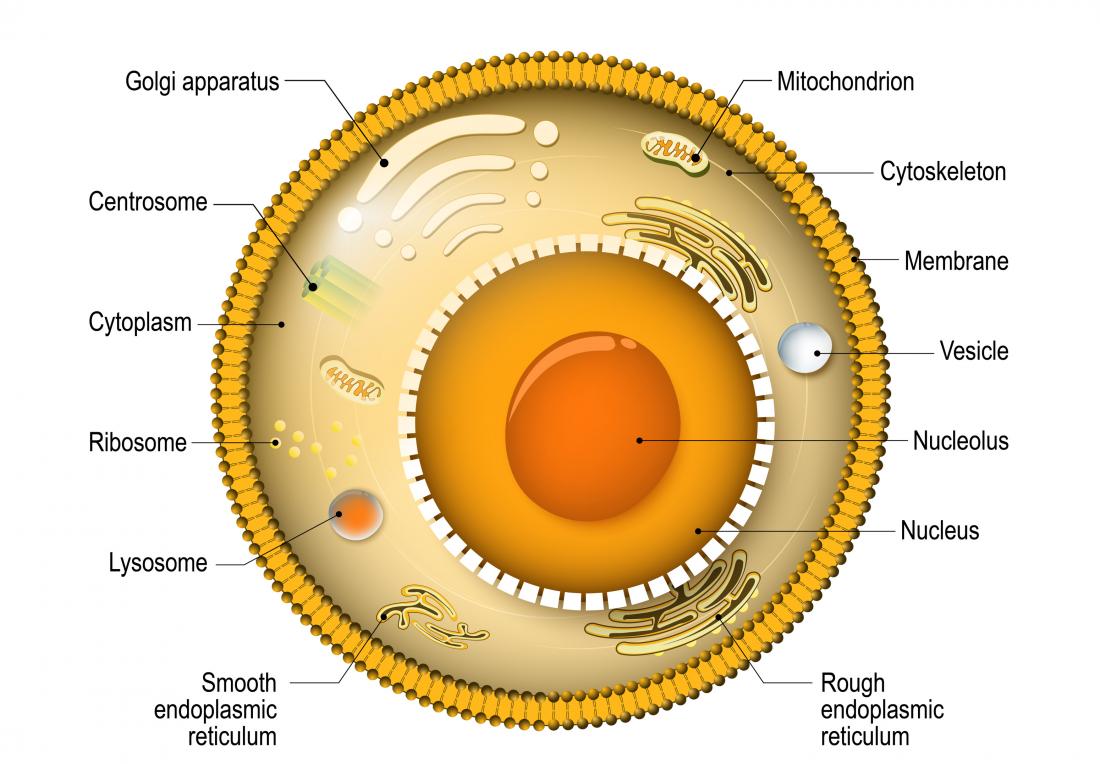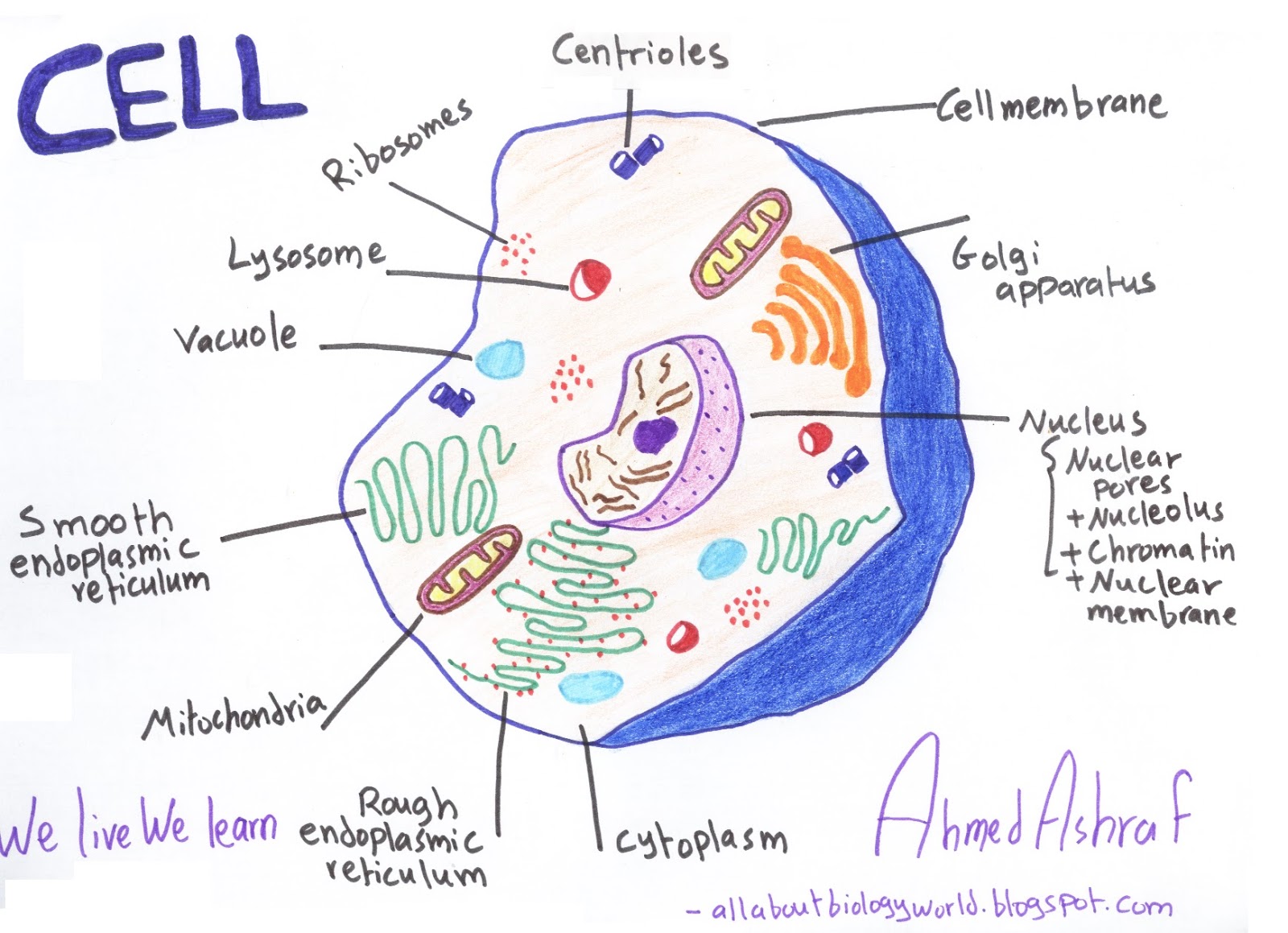
Education 645 High School Biology
Introduction to the cell. Cells are the most basic unit of life. All cells have a membrane that separates them from the outside world. Although cells are small, they are not simple. Cells contain different components, such as the cytoplasm, ribosomes, and genetic information in the form of DNA.

Structure of cell Cell structure and functions, Class 8
cell, in biology, the basic membrane-bound unit that contains the fundamental molecules of life and of which all living things are composed. A single cell is often a complete organism in itself, such as a bacterium or yeast. Other cells acquire specialized functions as they mature. These cells cooperate with other specialized cells and become.

What is a cell? Facts
GCSE AQA Trilogy Cell structure - AQA Animal cells Organisms are made up of cells. Most organisms are multicellular and have cells that are specialised to do a particular job. Microscopes.
.svg/1280px-Simple_diagram_of_plant_cell_(en).svg.png)
FileSimple diagram of plant cell (en).svg Simple English Wikipedia, the free encyclopedia
Key points. Cells are the smallest unit of life and the building blocks for all organisms. Each component of a cell has its own function. Animal and plant cells differ and they have similarities.

Animal Cell Diagram Simple Get More Anythink's
What are cells? The ultrastructure of cells Structure of fungal and bacterial cells The functions of cell organelles What are cells? Cells are the building blocks of all living.

animal cell diagram easy Kris Hammett
1. Prokaryotes are the simplest cells without a nucleus and cell organelles. 2. Prokaryotic cells are the smallest cells (1-10 μm). 3. Unicellular and earliest to evolve (~4 billion years ago), still available. 4. The cell wall is rigid. ADVERTISEMENTS: 5. These cells reproduce asexually. 6. They include bacteria and archaea. 7.

The animal cell diagram. Vector illustration on white Etsy in 2021 Animal cell, Cell diagram
Cell diagram labeled Cell diagram unlabeled Learn faster with interactive cell quizzes Sources + Show all What are the parts of a cell? There exist two general classes of cells: Prokaryotic cells: Simple, self-sustaining cells (bacteria and archaea) Eukaryotic cells: Complex, non self-sustaining cells (found in animals, plants, algae and fungi)

Easy Diagram Of Plant And Animal Cell / ShowMe Biology animal and plant cell main parts
Animal cell size and shape. Animal cells come in all kinds of shapes and sizes, with their size ranging from a few millimeters to micrometers. The largest animal cell is the ostrich egg which has a 5-inch diameter, weighing about 1.2-1.4 kg and the smallest animal cells are neurons of about 100 microns in diameter.

Animal Cell Structure Basic / Cell Structure Cells Structure and characteristics of an
Key points: All cells have a cell membrane that separates the inside and the outside of the cell, and controls what goes in and comes out. The cell membrane surrounds a cell's cytoplasm, which is a jelly-like substance containing the cell's parts. Cells contain parts called organelles. Each organelle carries out a specific function in the cell.

Human cell diagram Etsy in 2021 Human cell diagram, Cell diagram, Human cell structure
Cell Definition "A cell is defined as the smallest, basic unit of life that is responsible for all of life's processes." Cells are the structural, functional, and biological units of all living beings. A cell can replicate itself independently. Hence, they are known as the building blocks of life .

Cells Mr. Scott's 6th Grade Class
Function. Flagella. Whip/tail-like structure that helps propel the cell forward. Cilia. Short, hair-like structure that surround the cell and help it move. Pseudopodia. Extension of cytoplasm into the cell membrane that allows the cell to "crawl". Image modified from OpenStax College, Biology, CC BY 4.0.

b cell types and functions
Definition. Animal cells are the basic unit of life in organisms of the kingdom Animalia. They are eukaryotic cells, meaning that they have a true nucleus and specialized structures called organelles that carry out different functions. Animal cells do not have plant-specific organelles like cell walls, which support the plant cell, or.

Cell Structure and Function Part 1 The Organelles Medical Exam Prep
Ensure that your students understand the core components of a basic animal cell with this Animal Cell Labelling activity sheet.This resource features a large-scale illustration/diagram of an animal cell, with four arrows pointing to the cell nucleus, cytoplasm, cell membrane and mitochondria. In order to complete the worksheet, students must correctly label all four components.This labelling.

Explain the nucleus of a cell with a neat labeled diagram Science Cell Structure and
Cell Notation (Cell Diagrams) Recall that standard cell potentials can be calculated from potentials E for both oxidation and reduction reactions. A positive cell potential indicates that the reaction proceeds spontaneously in the direction in which the reaction is written.

Cell Structure
Summary. Description. Simple diagram of animal cell (en).svg. English: A simple diagram of an unspecialised animal cell, labelled in English. It shows the cell membrane, nucleus and mitochondria. Due to rendering issues, text has been converted to paths, check bottom layer for editable text. (Font is Zona Pro)

Biology Club Our cells 1 ( structure, function, division, disorder & cycle )
Every cell is different but there is a basic structure that is common to all cells. A cell is essentially genetic material in a gel-like substance surrounded by a membrane. The genetic material of cells is found as molecules called DNA. The DNA of a cell holds all the information that a cell needs to keep itself alive.